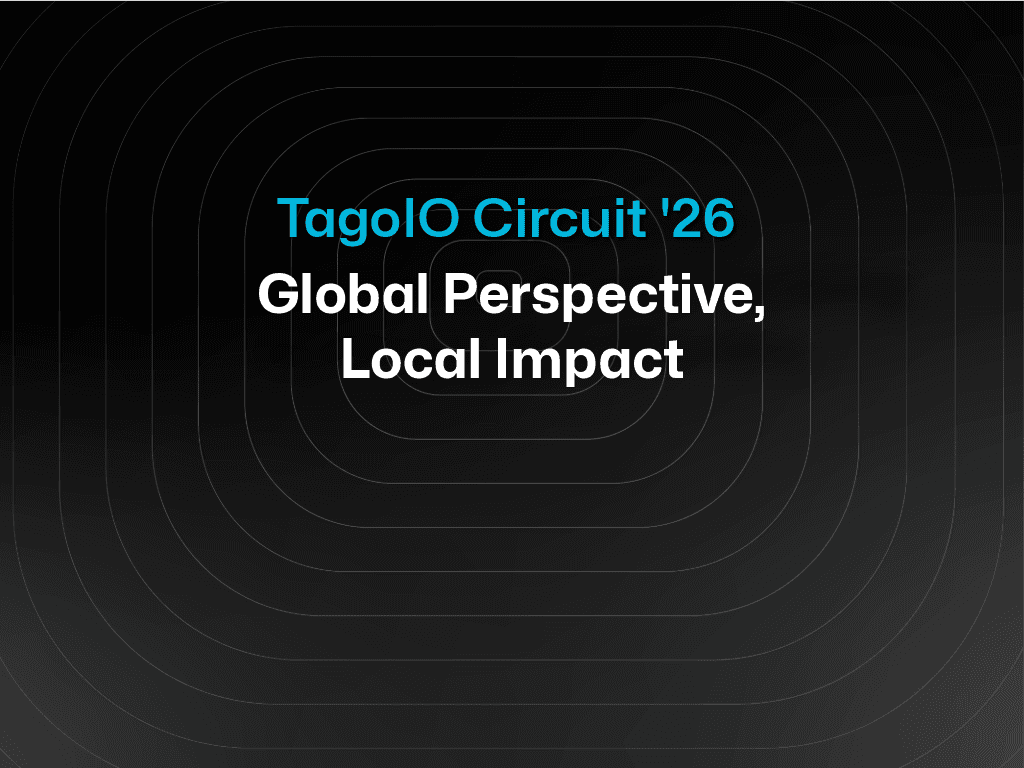Blog
Tech Insigths
How Smart Buildings can bring cost effective sustainability
Learn how Smart buildings are Improving Sustainability and Reducing Energy Costs.

TagoIO Team
Mar 14, 2023



Buildings are responsible for a significant portion of the world's energy consumption and carbon emissions. In response, many countries are adopting policies and regulations that demand greener and more sustainable buildings. A viable solution to this problem is the adoption of smart buildings.
What are smart buildings?
Smart buildings are modern buildings that use advanced technologies, automation, and data analytics to improve their operations in terms of energy efficiency and sustainability. These buildings are designed to be highly interconnected and are equipped with IoT sensors, control systems, and other IoT devices that can monitor and control various aspects of the building's performance, including lighting, heating, cooling, ventilation, security, and more.

They use data analytics to optimize their energy consumption, reduce costs, and improve occupant comfort and productivity. They can also integrate with other systems, such as renewable energy sources, to further increase their sustainability.
With the emergence of new networks and protocols, smart buildings are becoming more widely available and accessible. For instance, LoRaWAN, a wireless communication protocol, is gaining popularity in smart building applications due to its low power consumption, long-range connectivity, and scalability. LoRaWAN enables a variety of sensors and devices to be connected to the internet of things, providing building managers with real-time data on energy usage, indoor air quality, and occupancy patterns, among other metrics.
Monitoring and controlling energy consumption
Smart buildings use various technologies to track energy use and optimize performance, including occupancy sensors, lighting control systems, and smart HVAC (Heating, Ventilation, and Air Conditioning) systems. This allows them to operate more efficiently and reduce waste, resulting in significant cost savings and environmental benefits. IoT Occupancy sensors are designed to detect the presence of people in a room with greater accuracy and efficiency than traditional sensors. Using the information provided by these sensors, you can automate the adjustment of lighting and heating elements according to occupancy patterns, resulting in significant energy savings and improved occupant comfort.

For example, the VS121 sensor from Milesight uses advanced algorithms and machine learning to detect human presence and movement, even in challenging environments with high background noise. As a result, it can be easily integrated into a smart building system, allowing for seamless automation of lighting and HVAC systems.

Similarly, the ERS Eye sensor from ELYSYS uses a combination of thermal and visual imaging to detect occupancy, making it highly accurate and reliable. It can also be integrated with other smart building systems to optimize energy use and improve overall building performance.
IoT Lighting control systems
IoT lighting control systems are composed of sensors and controllers to automate lighting, providing significant energy savings and improved occupant comfort. One of the primary benefits of IoT lighting control systems is their ability to adjust lighting levels based on occupancy patterns and natural light levels. This means that lights can be turned off when a room is unoccupied or dimmed to a lower intensity when natural light levels are high.
Another key feature of IoT lighting control systems is their ability to create customized lighting scenes based on occupant preferences. For example, a conference room can be set up with different lighting scenes for different types of meetings, such as presentations or brainstorming.
Smart HVAC Systems
A Smart HVAC system is an essential component of smart buildings. It provides efficient and sustainable heating and cooling solutions while optimizing energy consumption. In addition, HVAC systems can be integrated with weather forecasts to ensure that the building's temperature is always optimal, identify when outdoor temperatures are mild and use natural ventilation to maintain a comfortable indoor environment, reducing the need for mechanical cooling.

By integrating your HVAC system with other smart building technologies, such as occupancy sensors and lighting control systems, it's possible to create a fully automated and optimized environment.
Deploy your smart building application
As the world becomes more urbanized, the need for sustainable and efficient buildings is becoming increasingly critical. Smart buildings powered by IoT technology can help to optimize energy usage, reduce costs, and improve occupant comfort and productivity. At TagoIO, there are dashboard templates that can be customized for a wide range of smart building applications, including building automation, energy management, and indoor air quality monitoring. In addition, TagoIO's platform allows developers to combine data from any type of sensor and third-party services to create a comprehensive smart building solution. With TagoIO, it is possible to leverage IoT to address some of the most pressing challenges facing the building industry today, including sustainability, energy efficiency, and occupant well-being.

TagoIO Team


